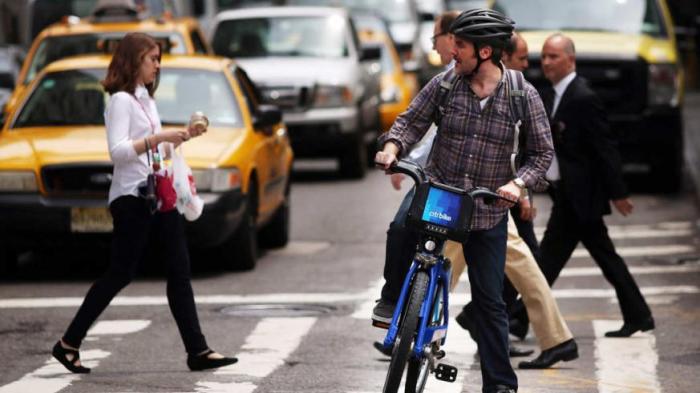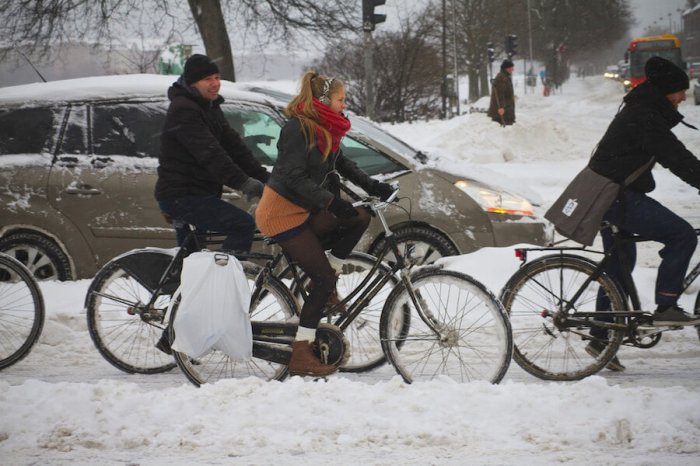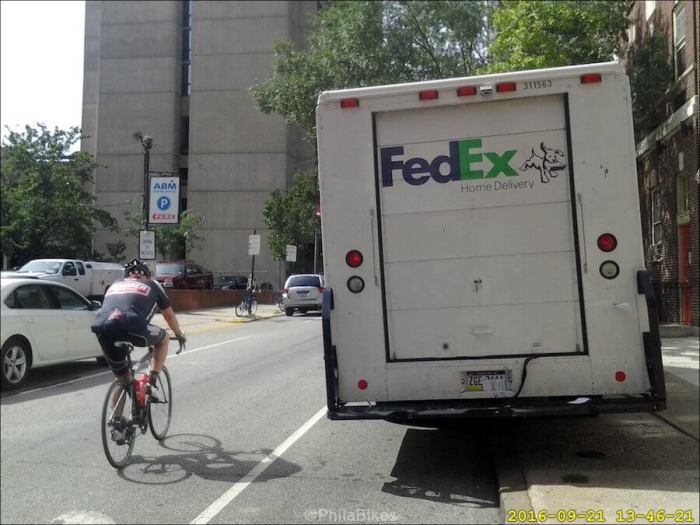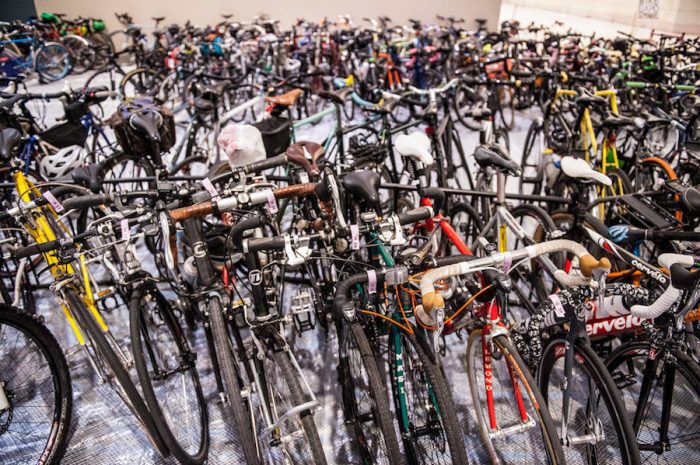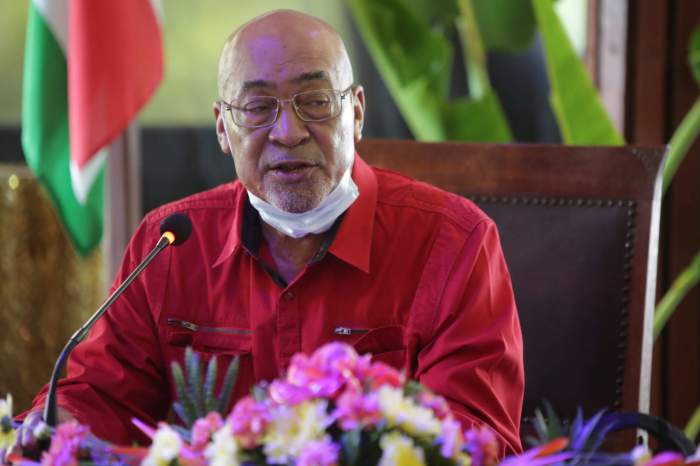More than 71,000 people in Massachusetts commute to work by bicycle, an ever increasing number propelled by the addition of young adults who are moving into cities, according to statewide data.
Communities like Cambridge and Somerville have some of the highest rates of bicycle commuters in the country. Those trends have made bicycles an ever important mode of transportation and one that deserves significant attention, said Peter Sutton, who is the bicycle and pedestrian program coordinator for the Massachusetts Department of Transportation. And with more cyclists comes a greater need to create bike lanes for road safety. Sutton said MassDOT is doing its part.
The agency completed several projects last year to improve cycling safety, and is working on an ambitious plan to connect the state’s network of bicycle routes, including bike lanes on roadways, separated lanes and off-road bike paths. The goal is to link up the existing bike lanes — as well as create some new ones — so there are no gaps that could leave cyclists vulnerable to vehicles. Transportation officials are also working on updating the agency’s Statewide Bicycle Plan, which hasn’t been revised since 2008. The state has dedicated $60 million over the next four years for bicycle and pedestrian projects through its capital investment plan. That money includes federal funding. Some of the bicycle lane improvements the DOT made in 2016 included the first “bike boxes” at multiple intersections along McGrath Boulevard in Somerville. The green painted boxes are designated for cyclists, designed to let them get ahead of vehicles waiting at a red stop light. “They’re giving bicycles their own little safety zone,” Sutton said. “There’s a separation between cyclist and cars that’s beneficial to both.”
Ultimately, Sutton said he hopes the state’s continuing improvements make it easier for people to take up cycling as at least one part of their daily commute.
“Our aim is to try and make the state as multi-mobile as possible,” he said. “A lot of people don’t feel like sitting in their car for an hour and a half, but if we can educate them on a multi-mobile trip, like riding their bike to a commuter rail station and then taking the train to work, then we’ve done our job.”
MassDOT plans network of bike paths to keep pace with demand
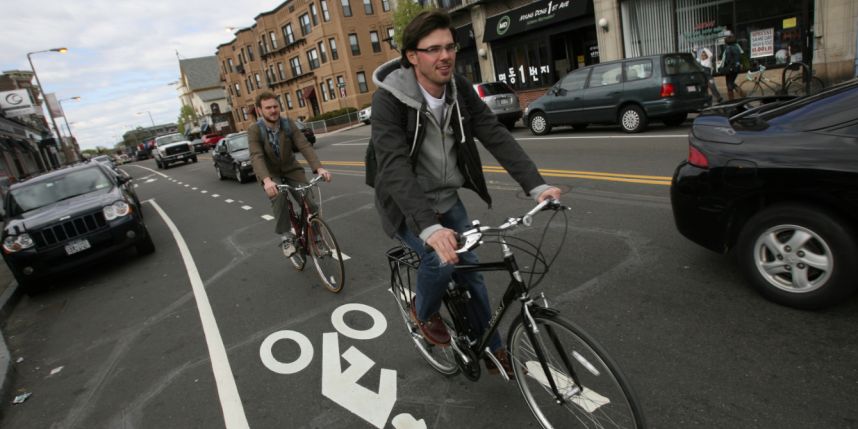
Nicolaus Czarnecki / Metro

